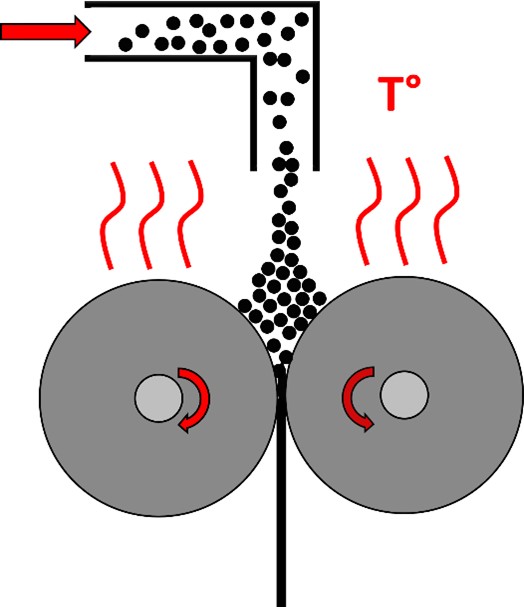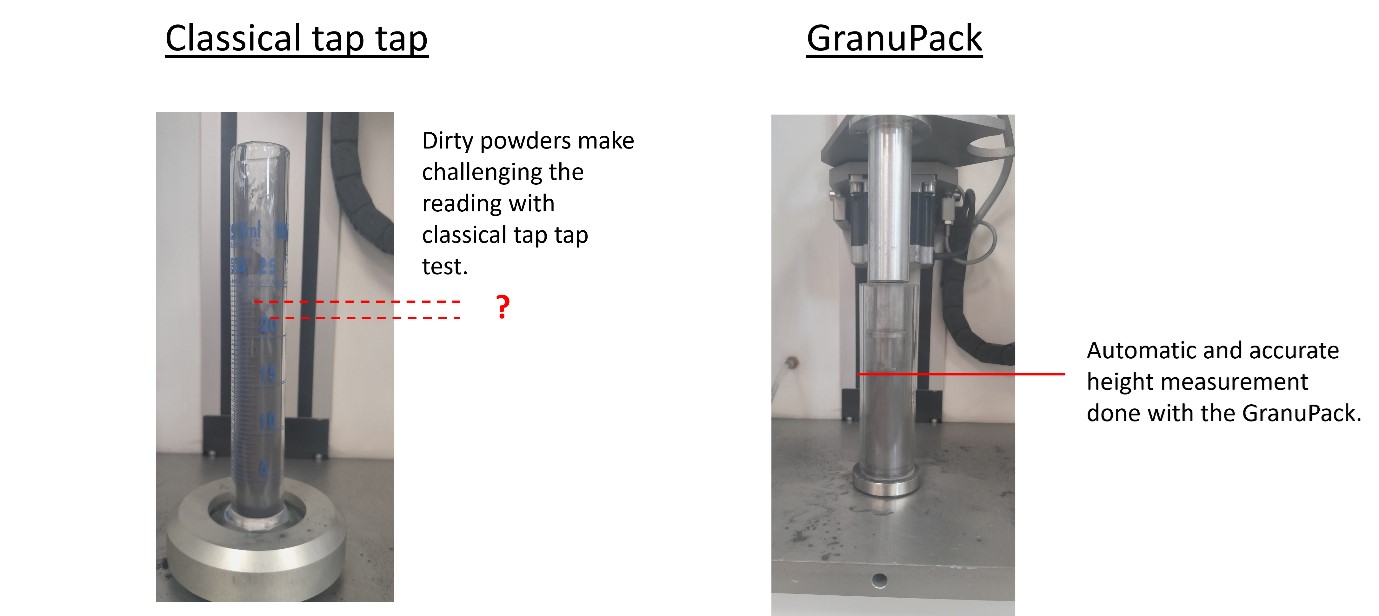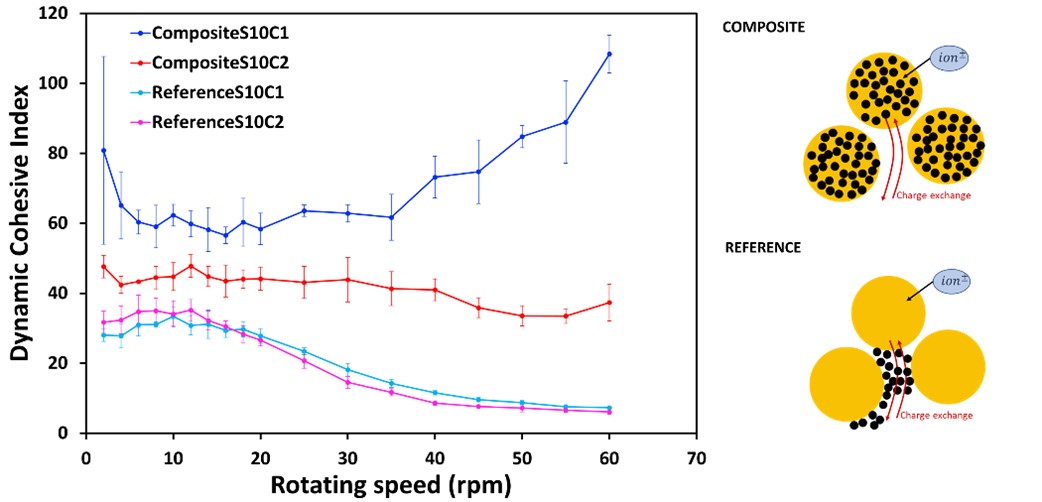


Electric cars and renewable energy storage require batteries with higher energy density, more power, fast charge, and safety. Meeting all of these requirements with an acceptable production and sales cost exhorts industries and research centers to intensify their studies to improve batteries.
In recent years, battery producers realized that battery improvement needs electrode manufacturing improvement. Materials used for electrode production are found in powder form at the start of the process and need to be handled. With the emergence of new ‘’dry processes’’, removing the need for solvent and then drying step, these materials are more and more directly processed during the electrode manufacture.
Many works are now conducted on particle engineering for battery improvement. In such investigations, powder characterization is required! Therefore, adequate characterization methods are needed to resolve the challenges brought by battery improvement.
Dry processes for electrode production are set to replace current processes mixing raw material with solvent to handle slurries. The dry processes aim to remove the solvent by directly handling the raw materials (active material + conductive additive + binder) in powder form, necessitating powder characterization for optimization.
However, lab tests typically are performed ar room temperature and overlook the temperature sensitivity of powders, which is crucial for dry processes operating at higher temperatures (40°C to 180°C).
The GranuPack High Temperature fills this gap by testing the powder in an automated way at different temperatures (room to 200°C) close to the considered process, revealing temperature-dependent changes in materials such as PVDF and PTFE (right image).
Powder characterization leads to a better understanding of the interaction between powder material and the process and optimization.

Sketch of a dry process handling powder.

Evolution of packing dynamics and density with temperature for battery powder blend made with PVDF or PTFE.
Some powders like carbon black (conductive additive) and graphite (active material for anode) are mainly used for battery production. Despite this intense use, handling such powder can be challenging. In some cases, even powder characterization can be hard to achieve. Indeed, some powders are so messy that standard tapped density measurements are not possible. With the GranuPack, this issue can be fixed thanks to the automated protocol and the diabolo.

Standard tapped density method (left) vs Tapped density measurement operated by the GranuPack (right).
Sulfur based electrodes are an envisaged solution to increase the energy density of the batteries and to solve the cost and the environmental impact of the manufacturing. While sulfur has a theoretically higher specific capacity than lithium, this raw material is observed to be generally cohesive under powder form which can make handling difficult. GranuDrum is a rheometer for powder that characterizes powder flow properties. Shear-thinning and shear-thickening behaviours highlighted by this rotating drum method are representative of the cohesiveness depending on the shear rate undergone by the powder during the process.
For more information, check our application note "Bulk powder characterization to optimize battery manufacturing and performance".

DCI of composite powders compared to reference powder (dry-mixed) made of a blend of sulfur and carbon black. Two proportions of S/C in weight are presented.